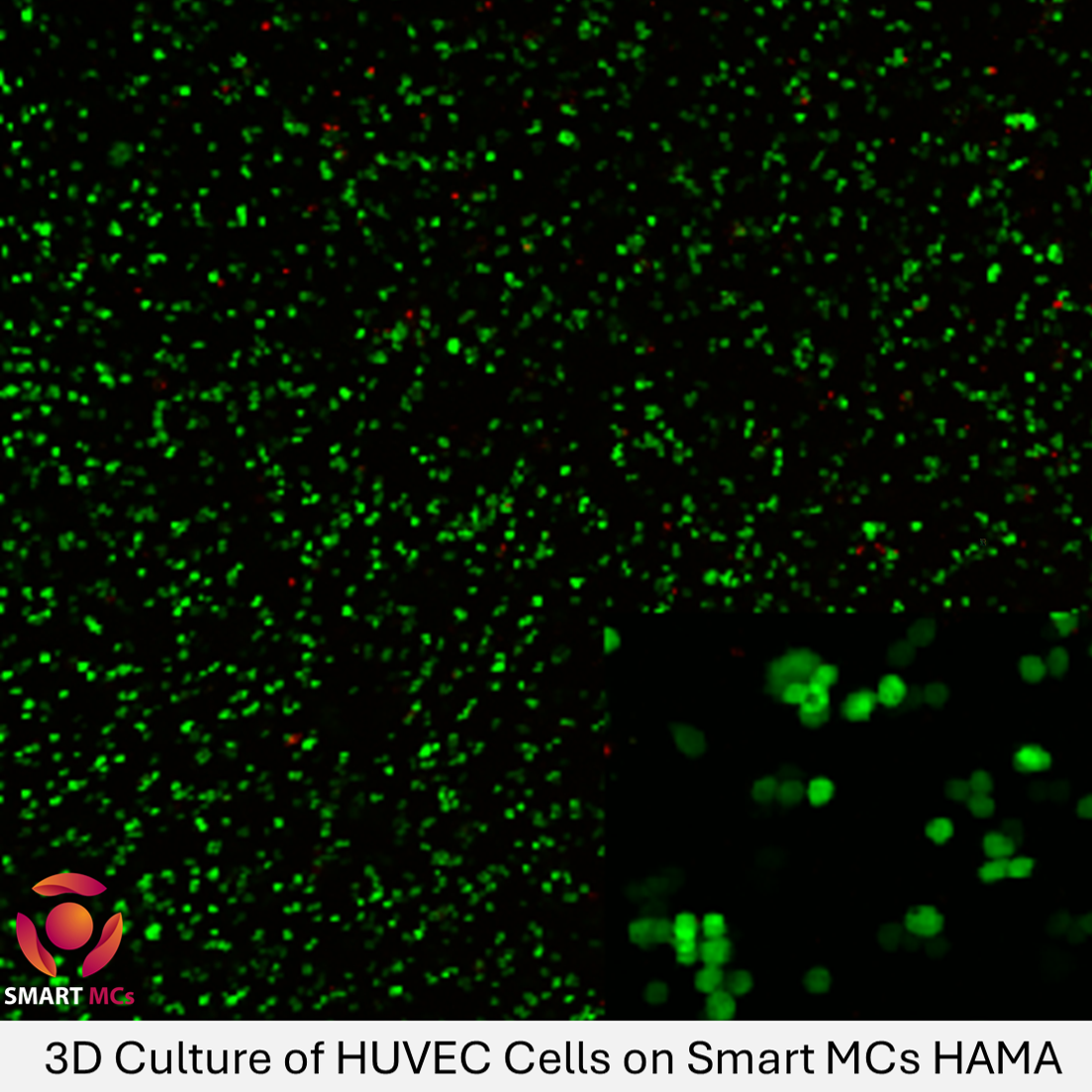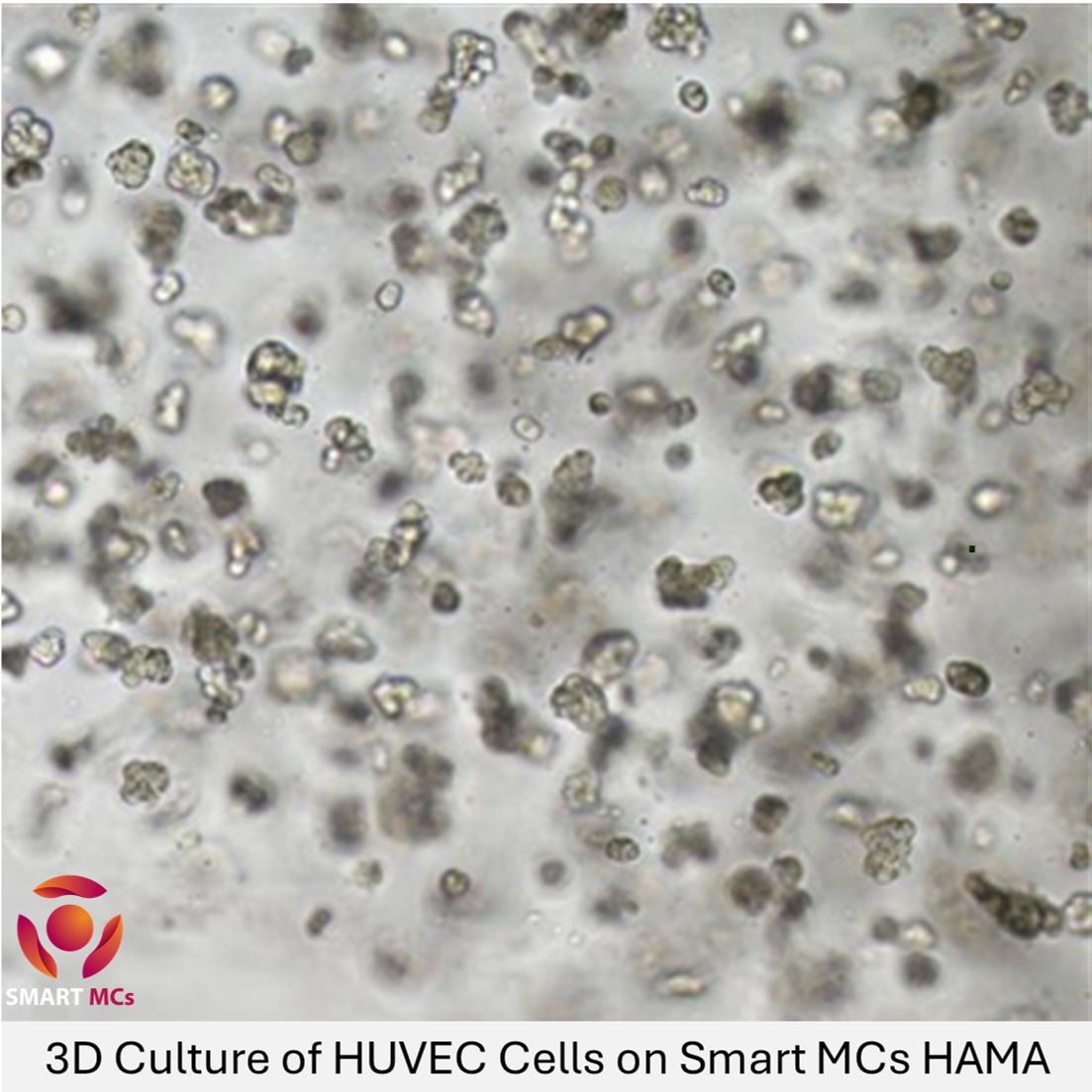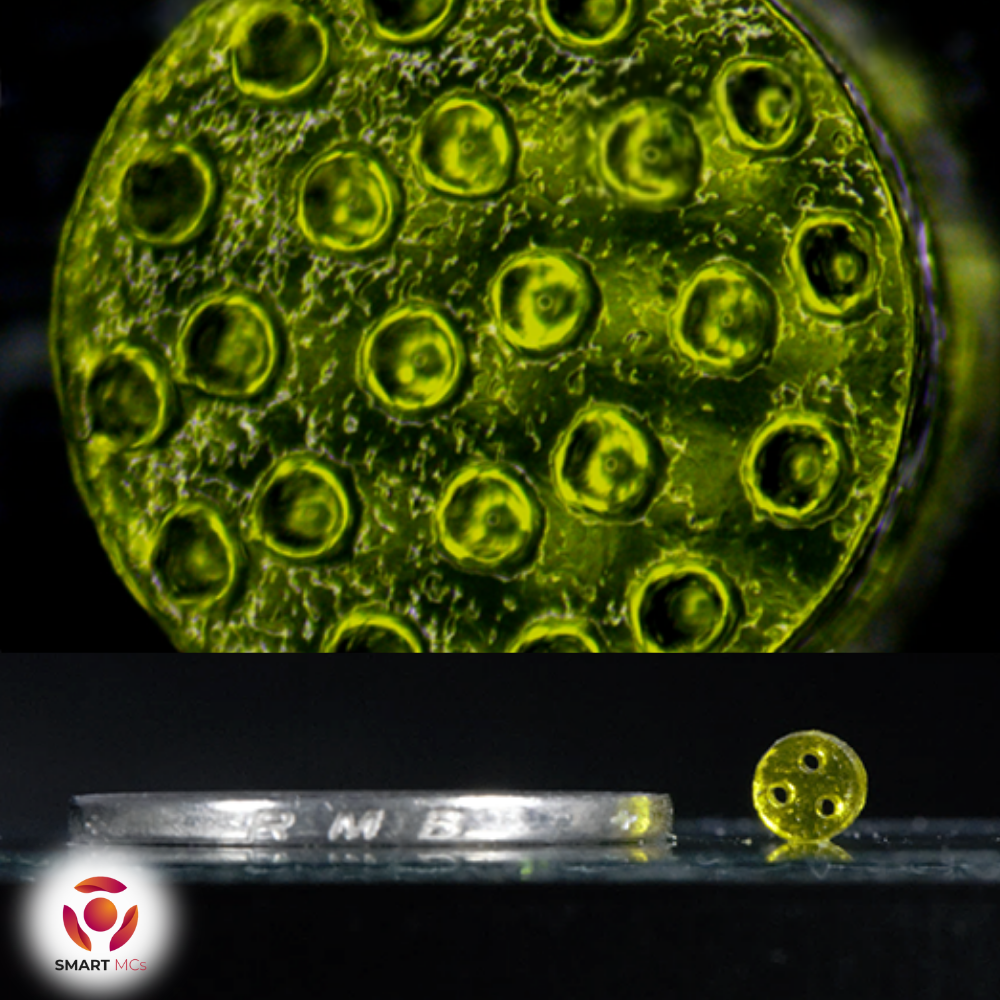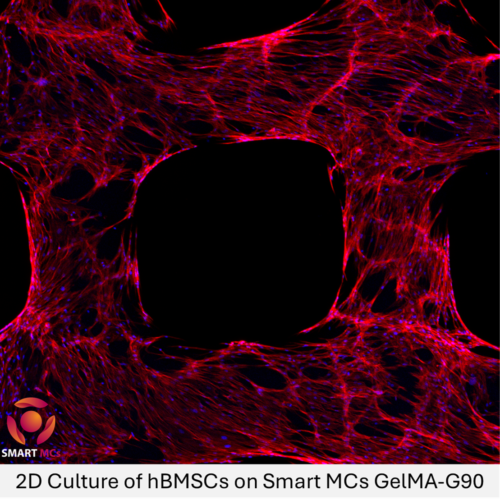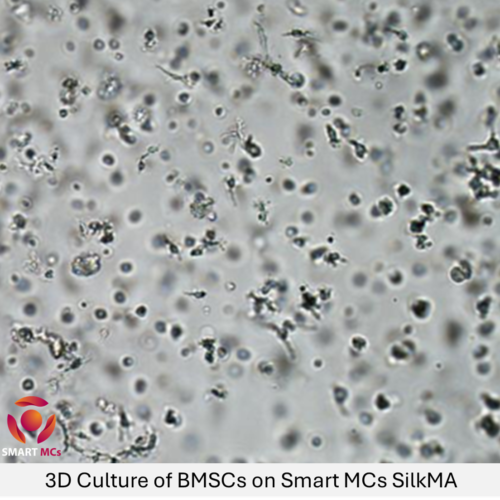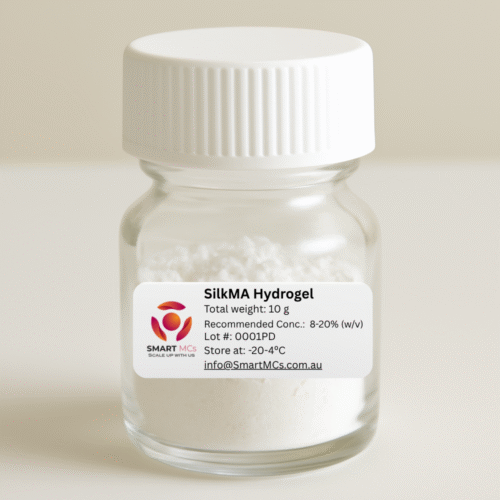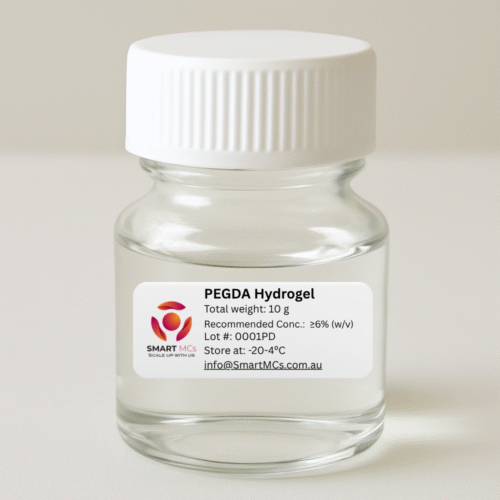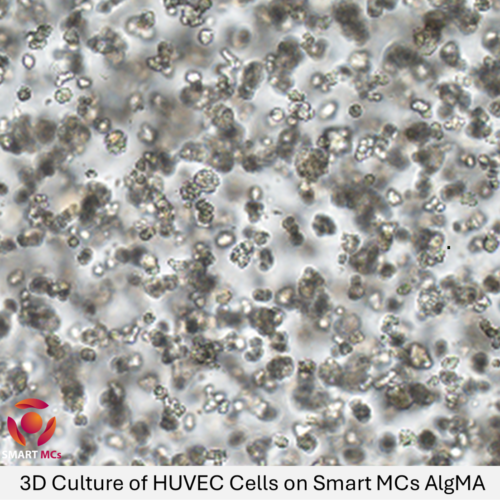Hyaluronic acid (HA) is a naturally occurring glycosaminoglycan polymer, consisting of D-glucuronic acid and N-acetyl-D-glucosamine as its repeating disaccharide units. Found within the extracellular matrix of animal tissues, HA is renowned for its exceptional ability to retain moisture, contributing to its high concentrations in brain tissue, synovial fluid, and the vitreous body of the eye. It plays a pivotal role in various biological functions, including cell proliferation, differentiation, morphogenesis, inflammation, and wound healing.
Methacrylated hyaluronic acid (Hyaluronic Acid Methacryloyl, HAMA) is derived by incorporating methacrylic groups into the HA molecular structure, endowing it with the capability to cure under light. The HAMA product swiftly transforms into a gel under visible light within just 10 seconds. Characterised by excellent biocompatibility and robust material flexibility, HAMA is engineered to offer diverse viscoelastic properties, making it highly adaptable across a range of application areas.
Hyaluronic Acid Methacrylate (HAMA) is rich in carboxyl and hydroxyl groups, offering a plethora of chemical modification possibilities, such as adding adhesion groups or grafting drugs/active factors. HAMA distinguishes itself with its ability to cure under visible light and its excellent biocompatibility, making it a valuable tool in a wide range of biomedical research areas. These include chondrocyte culture and cartilage regeneration, tumour model development, the creation of high-strength and adhesive hydrogels, controlled drug release, microneedle fabrication, wound dressing production, biosensor development, post-surgical adhesion prevention, and more.
Your Application, Our Commitment
Tell us more about your application, and let us craft the perfect hydrogel solution for you. Advancing your research and production is not just a goal—it’s a guarantee. Reach out today for a personalised quote and embark on a journey of discovery and innovation.


